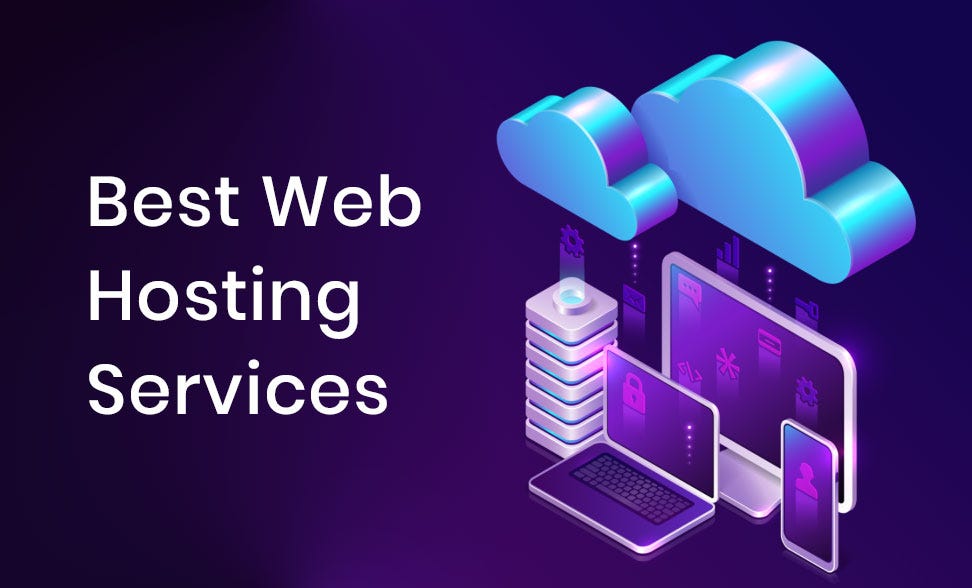In today’s competitive and rapidly changing business landscape, organizations need a robust and agile talent management framework to align their workforce strategies with organizational goals. A well-defined talent management framework encompasses hiring, development, engagement, retention, and succession planning, all of which contribute to the long-term growth and sustainability of the company. A talent management framework is a structured approach that aligns hiring, development, engagement, retention, and succession planning with organizational goals to optimize workforce capabilities.
This article outlines the essential components of a talent management framework, discusses the steps to build an agile framework, and examines how it aligns with HR strategy to foster a dynamic and future-ready workforce.
Must Read: What is Talent Acquisition in HR?
Key Components of a Talent Management Framework
A talent management framework is a structured approach to attracting, developing, and retaining top talent in alignment with organizational goals. The framework’s main components include:
- Talent Acquisition
Talent acquisition goes beyond simply filling roles—it’s about finding individuals who align with the company’s culture and values, and who have the potential to grow within the organization. By crafting detailed job descriptions that outline both immediate responsibilities and long-term career paths, companies can attract candidates who are not only qualified but also aligned with future objectives. Advanced recruitment tools, such as AI-driven applicant tracking systems (ATS), enhance this process by efficiently matching candidates with the right opportunities.
- Talent Development
Development is crucial for maintaining a skilled, adaptable workforce. It involves nurturing employees’ skills through continuous learning, mentoring, and career development initiatives. Aligning development programs with both individual aspirations and organizational needs enables HR to foster a learning culture that supports business objectives. Techniques like career pathing and competency assessments help employees see a clear trajectory for growth, creating an environment where both the company and its employees thrive.
- Talent Engagement
Engagement strategies are vital to connecting employees with organizational goals. This involves creating a positive work environment, recognizing contributions, and fostering professional development. Companies like Patagonia illustrate the power of aligning company values with employee interests, driving engagement through shared purpose. Structured “stay interviews,” employee recognition programs, and clear communication channels further strengthen engagement, promoting a motivated and committed workforce.
- Talent Retention
Retention focuses on keeping high-performing and high-potential employees within the organization. Effective retention strategies address the needs and motivations of employees, whether through competitive compensation, meaningful growth opportunities, or a supportive work culture. Adobe’s “Check-In” program, for example, replaces annual reviews with frequent feedback sessions, which improves employee satisfaction and reduces turnover. Organizations can also leverage data to understand what drives employee satisfaction and tailor retention strategies accordingly.
- Succession Planning
Succession planning ensures a pipeline of future leaders who can seamlessly take on critical roles. This requires identifying high-potential individuals early and providing them with targeted development opportunities. Programs like IBM’s Leadership Development Program exemplify how organizations can prepare employees for future leadership roles through mentorship and customized training, thus future-proofing their leadership teams.
Creating an Agile Talent Management Framework
An agile talent management framework allows companies to adapt to the evolving needs of the workforce and business. Building such a framework involves a systematic approach that incorporates flexibility, real-time insights, and cross-functional alignment.
- Establishing Leadership Buy-In
The support of top leadership is essential for a successful talent management framework. With diverse departmental needs and perspectives, securing buy-in can be challenging. Continuous dialogue with senior leaders ensures alignment and fosters a culture of collaboration, which is crucial for addressing challenges and implementing changes effectively.
- Identifying Organizational Needs
Understanding the specific needs of the organization is foundational to creating an effective framework. Conducting formal analyses and gathering insights from department leaders provide clarity on skill gaps and workforce priorities. Eliminating silos within the organization can help reveal untapped skills and capacities, enabling a more holistic approach to talent management.
- Determining Key Performance Indicators (KPIs)
Defining KPIs that align with business priorities helps measure the success of the talent management framework. Relevant KPIs might include recruitment efficiency, employee engagement levels, and retention rates. Tracking these metrics provides insights into the effectiveness of the framework and allows for data-driven adjustments to optimize outcomes.
- Prioritizing Employee-Centric Approaches
An agile framework places employees at its core, recognizing that every data point represents a unique individual. Workforce intelligence tools help leaders understand employees’ aspirations and match them with suitable opportunities, fostering engagement and aligning personal and organizational goals. By valuing employees as individuals rather than resources, HR leaders can create a more supportive and inclusive work environment.
- Implementing the Right Tools and Technologies
Modern HR software and tools, such as talent marketplaces and workforce intelligence solutions, are essential for putting an agile framework into action. These tools enable real-time insights, streamline processes, and facilitate connectivity across departments. Advanced technologies, like AI-powered platforms, provide HR leaders with the data needed to make informed decisions and ensure that the framework remains adaptable to changing business demands.
Benefits of a Talent Management Framework
Implementing a well-defined talent management framework offers several advantages that directly impact organizational success.
- Smarter Talent Acquisition
By identifying roles where specific skills can be more efficiently developed internally rather than recruited, companies can foster a culture of growth and upskilling. This approach helps manage recruitment costs and encourages current employees to invest in their professional development.
- Targeted Talent Development
Targeted learning and development (L&D) efforts are integral to a thriving talent management framework. By aligning training initiatives with both organizational needs and employee interests, companies can address skill gaps effectively. Career pathing and relevant projects provide structured opportunities for employees to develop skills that directly benefit the organization.
- Enhanced Performance Management
With clearly defined KPIs, organizations can accurately assess the effectiveness of the framework. Talent marketplaces, for instance, offer insights into project and training engagement, helping leaders gauge how well new strategies resonate with employees and support business goals.
- Flexible Succession Planning
An agile framework supports proactive succession planning by identifying employees with the potential to fill future leadership roles. Flexible succession planning helps mitigate the impact of unexpected departures and prepares the organization for future talent needs.
- Improved Employee Engagement
Agile frameworks emphasize opportunities that align with employees’ interests and career aspirations, which leads to higher engagement levels. A workforce agility platform, for example, enables employees to find projects that match their skills and goals, fostering a sense of purpose and motivating them to grow within the company.
- Alignment of Talent Strategy with Business Goals
By synchronizing talent strategy with core business principles, organizations can ensure that every decision contributes to a more capable and resilient workforce. As companies adapt to evolving market conditions, an agile talent management framework supports continuous alignment with business priorities.
Conclusion: Building a Resilient Talent Management Framework
The integration of a talent management framework with HR strategy creates a dynamic ecosystem where business goals and workforce capabilities reinforce each other. Companies that prioritize talent acquisition, development, engagement, retention, and succession planning set the stage for sustainable success. Embracing agility through technology and leadership alignment allows organizations to respond to market shifts and continuously evolve, creating a competitive advantage in the global talent landscape. As the workplace continues to change, investing in a resilient talent management framework ensures that both employees and the organization are prepared to navigate future challenges together.






